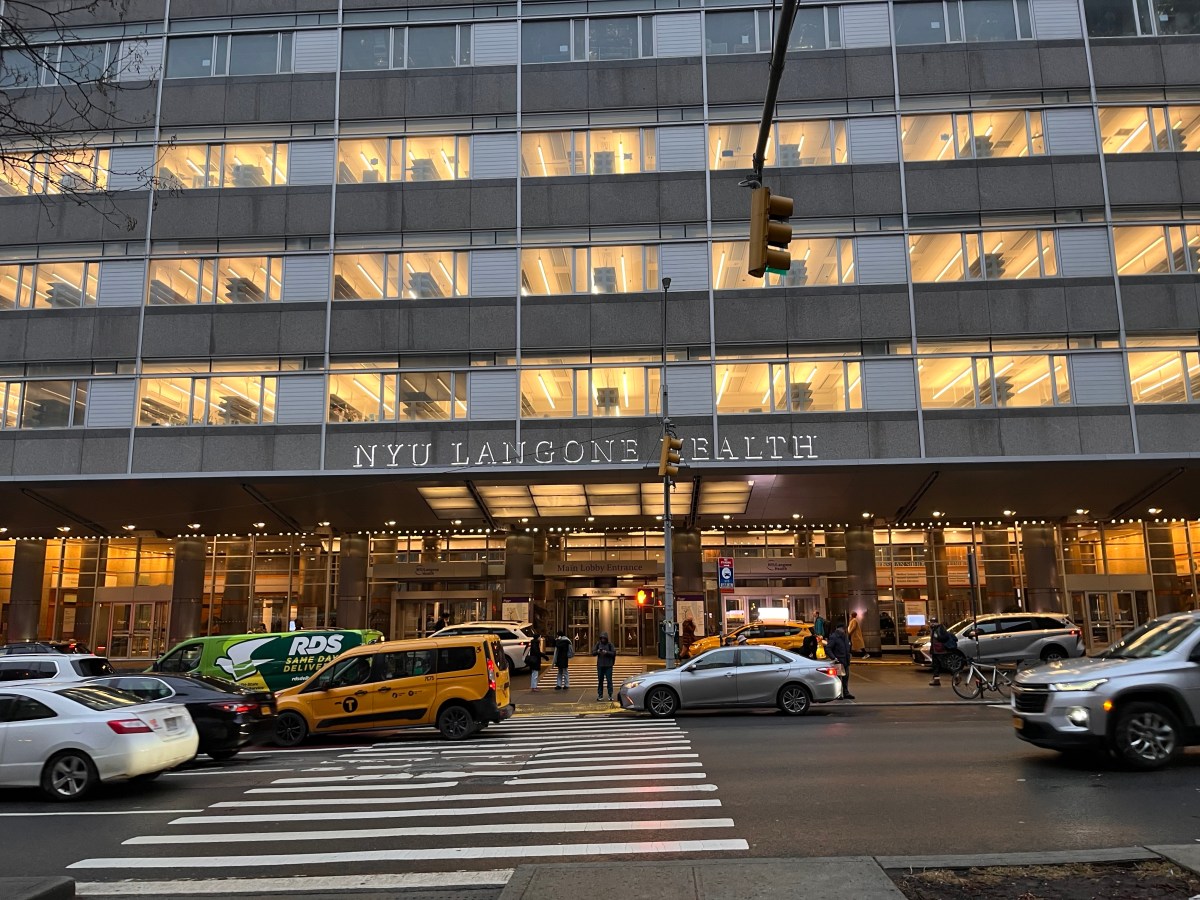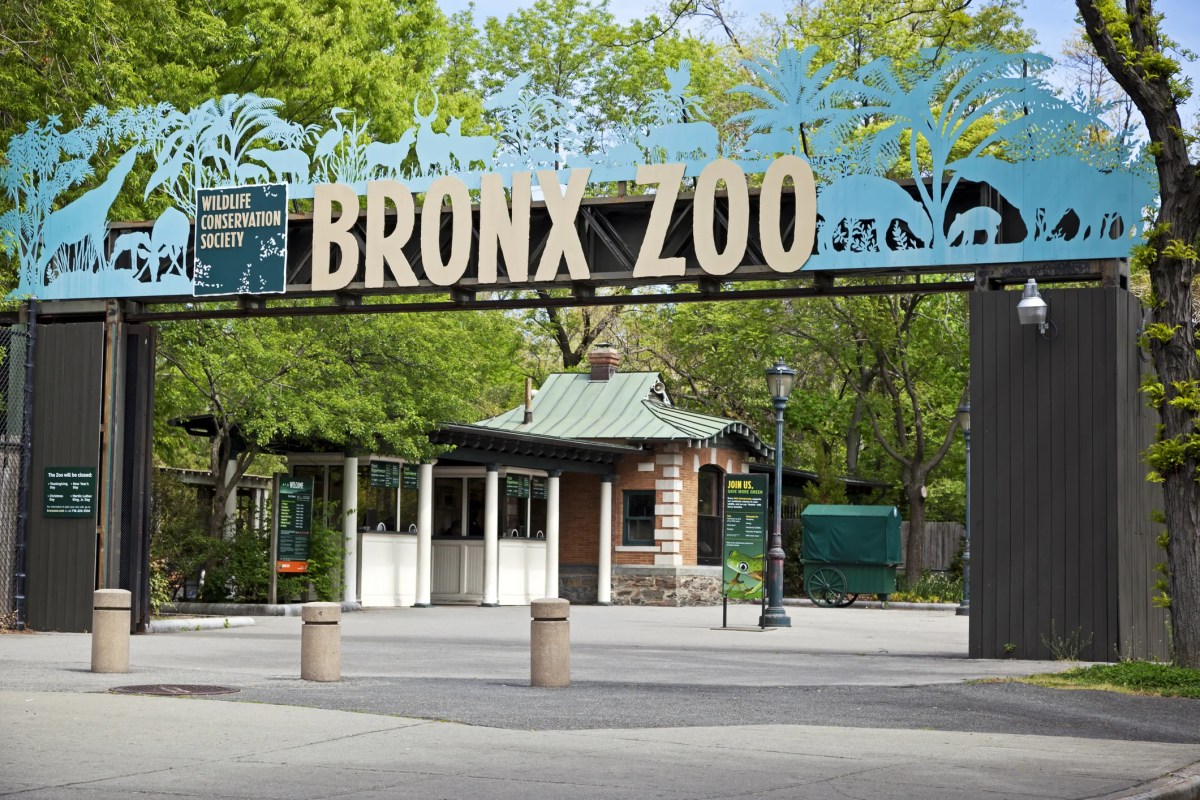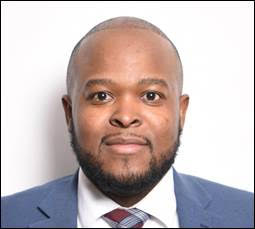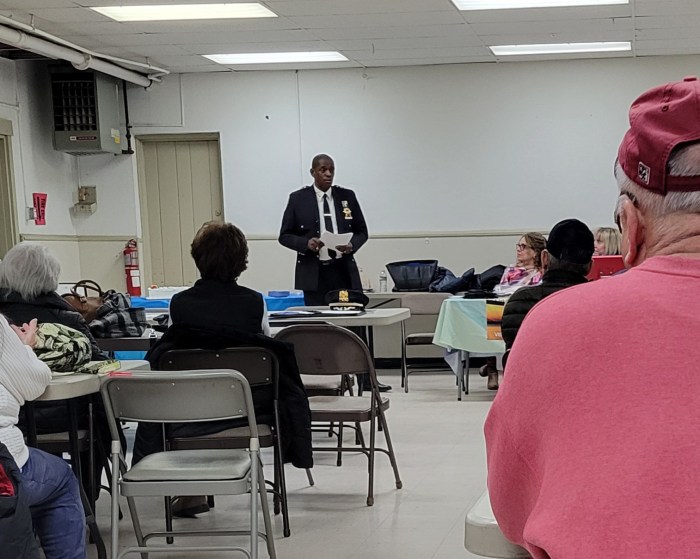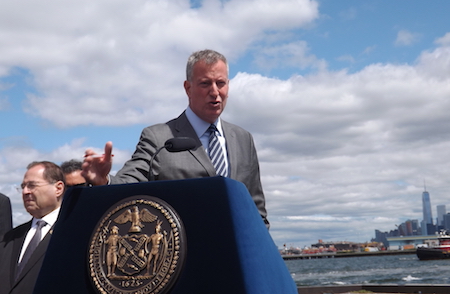
BY JACKSON CHEN | Mayor Bill de Blasio has now injected the city into a lengthy legal battle by coming down on the side of a nursing home development proposed for West 97th Street that has significant neighborhood opposition. Meanwhile, the state attorney general’s attempt to file a brief in the case, which came well past the deadline for responding to a trial court ruling, was promptly rejected by the court.
Jewish Home Lifecare has been trying to push forward with a 20-story nursing home adjacent to an elementary school and several housing complexes in the face of strong local criticism. After State Supreme Court Justice Joan Lobis ruled that the New York State Department of Health didn’t take a hard enough look at the hazardous materials and noise produced by the project, JHL and DOH were told to redo their environmental review.
Disagreeing with the court’s decision, JHL filed an appeal on February 22, while Attorney General Eric Schneiderman, whose office would typically defend state agency actions in court — in this case, arguing that DOH had in fact complied with New York’s State Environmental Quality Review Act (SEQRA) — failed to file a notice of appeal by a February 1 deadline. A later AG effort to file a brief in the case was rejected on the grounds of not being timely.
But JHL just won a hefty ally in the form of the City of New York, which filed an amicus brief on March 22 defending the integrity of the City Environmental Quality Review (CEQR), whose standards the DOH applied in assessing the proposed development’s compliance with SEQRA.
According to the city’s brief, Lobis’ decision harms the consistency and standards of the CEQR process and would set a precedent that opens the door to untold numbers of challenges over environmental review on projects citywide.
“If allowed to stand, the trial court’s decision threatens to upset the consistent and predictable process developed over decades by the City for reviewing potential environmental impacts of projects and programs throughout the City,” the brief stated.
The city’s brief included an affidavit from Esther Brunner, the deputy director for Environmental Coordination in the Mayor’s Office of Sustainability.
Brunner, who oversees the CEQR Technical Manual, said that current environmental review procedures allow for the city to tackle the large volume of projects that come before it because of consistent standards that have evolved.
“If the methodologies and standards for significance… are subject to second guessing by courts,” Brunner wrote, “the City’s goal of high quality, efficient, and consistent environmental review would be unachievable, discretionary decision-making by City agencies would be severely hindered, and predictability for applicants would suffer.”
Even as de Blasio signed on in support of JHL, other elected officials reiterated their opposition to the development near the school.
“I am truly disappointed by Mayor de Blasio’s decision to file an amicus brief in support of the construction of JHL tower,” said City Councilmember Mark Levine. “The construction of a 20-story tower directly adjacent to P.S. 163 would pose an undeniable threat to the learning and well-being of more than 500 elementary school students.”
Levine has been pushing Intro 420, a bill that would restrict construction projects within 75 feet of classrooms to a noise level of 45 decibels — an amount that’s comparable to that created by light traffic or in a suburban neighborhood. His bill has already won support from West Side Congressmember Jerrold Nadler and Borough President Gale Brewer, who also expressed dismay about the mayor’s brief on behalf of JHL.
“Mayor de Blasio’s decision to file an amicus brief in support of this dangerous construction next to a school baffles me,” Brewer said. “The mayor is weighing in on behalf of an expensive private facility and against public school children.”
And while the city’s brief argues for protecting the standards of the CEQR Technical Manual, Marty Rosenblatt, a neighbor of the JHL site, said de Blasio knew of lead concerns at the site well before getting involved.
In 2012, after hearing news of JHL’s interest in the parking lot site across his home on West 97th Street, Rosenblatt hired a lead-testing expert and grabbed 100 samples from parking lots throughout the city. According to the testing results, the JHL site showed high amounts of lead, one reaching 3,850 parts per million. The federal Environmental Protection Agency has established 400 ppm as the limit for children’s play areas.
Rosenblatt said he contacted de Blasio during his time as the city’s public advocate and was put in touch with Steven Newmark, who was then his general counsel. According to emails obtained by Manhattan Express, Newmark — who has since become the mayor’s senior health policy advisor — concluded the samples did not raise safety concerns, apparently because the readings did not average as high as the 1,200 ppm soil lead level established by the EPA for areas other than those used by children.
In a series of back and forths between Rosenblatt and Newmark, Rosenblatt pointed to a 2013 letter Nadler received from the EPA’s regional administrator, Judith A. Enck, that warned that it is “particularly important that construction projects that could disturb lead in soil are conducted to carefully follow best management practices to minimize any potential lead exposure.” Enck specifically stated that such precautions are recommended when lead levels exceed 400 ppm, and she directed Nadler to the EPA’s “Superfund Lead Contaminated Residential Sites Handbook” and said developers on such property should employ dust suppression techniques in any soil excavation.
In six of the 26 samples Rosenblatt’s expert check at the JHL site, the soil lead level exceeded EPA standards.
Just as unexplained as the city’s decision to defend its environmental review procedures for a site shown to have potentially dangerous levels of lead was the state attorney general’s failure to meet its February 1 deadline in the case.
According to a brief filed by the Attorney General’s Office on behalf of the DOH on March 22, the SEQRA review completed for the JHL development was sufficient in addressing both hazardous materials and noise.
The court, however, threw out the brief, finding that the attorney general, as representative for DOH, had an obligation as a respondent in the case to file an appeal by February 1. The AG’s Office has now filed a motion to be considered an amicus curiae, or friend of the court, to have its brief entered into the record.
Rene Kathawala, the attorney for the P.S. 163 parents who are scrambling to block the JHL project, said the AG’s motion is simply an attempt on the attorney general’s part to circumvent its exclusion from the case because of its failure to meet its deadline.
“They had the right to appeal and they chose not to for whatever reasons they have,” Kathawala said. “The brief got rejected and instead of putting their tail between their legs, they did something even more outrageous.”
Kathawala, who is himself a P.S. 163 parent, was equally disappointed in the mayor’s efforts that bolster JHL’s development plans.
“The mayor is supporting a project that a state judge has found will hurt children,” Kathawala said. “It’s wildly offensive and outrageous.”
He said that with legal motions now on record from JHL, the city, and the DOH, the case could go to court by June, though he predicted action could be delayed until as late as September.




